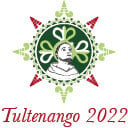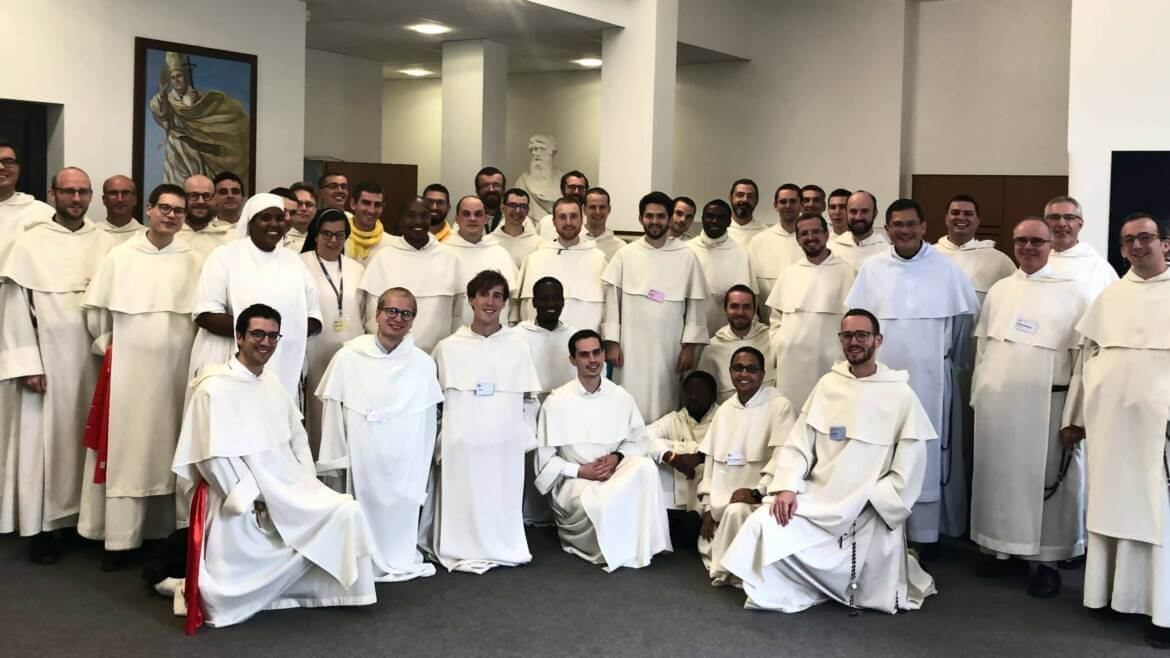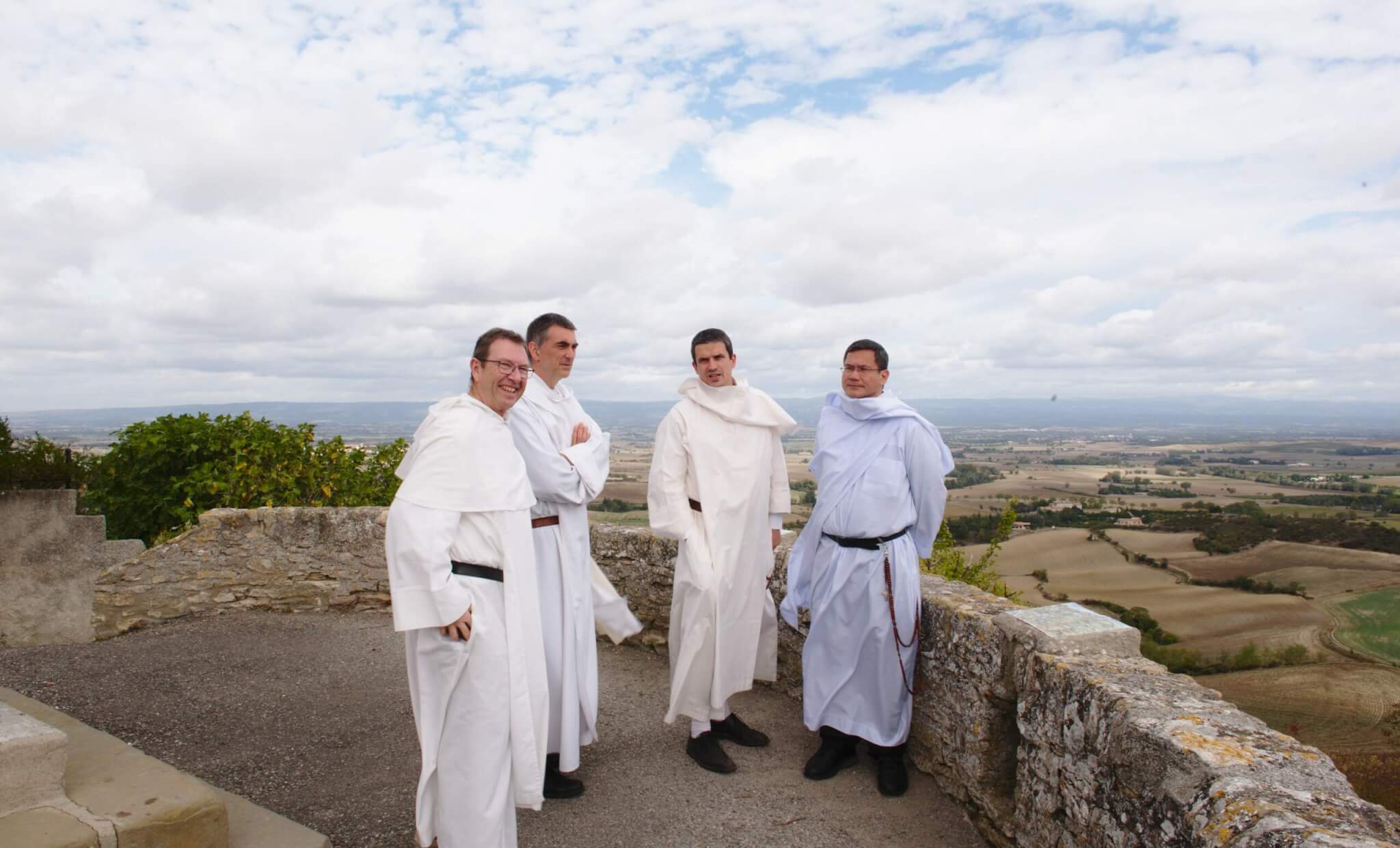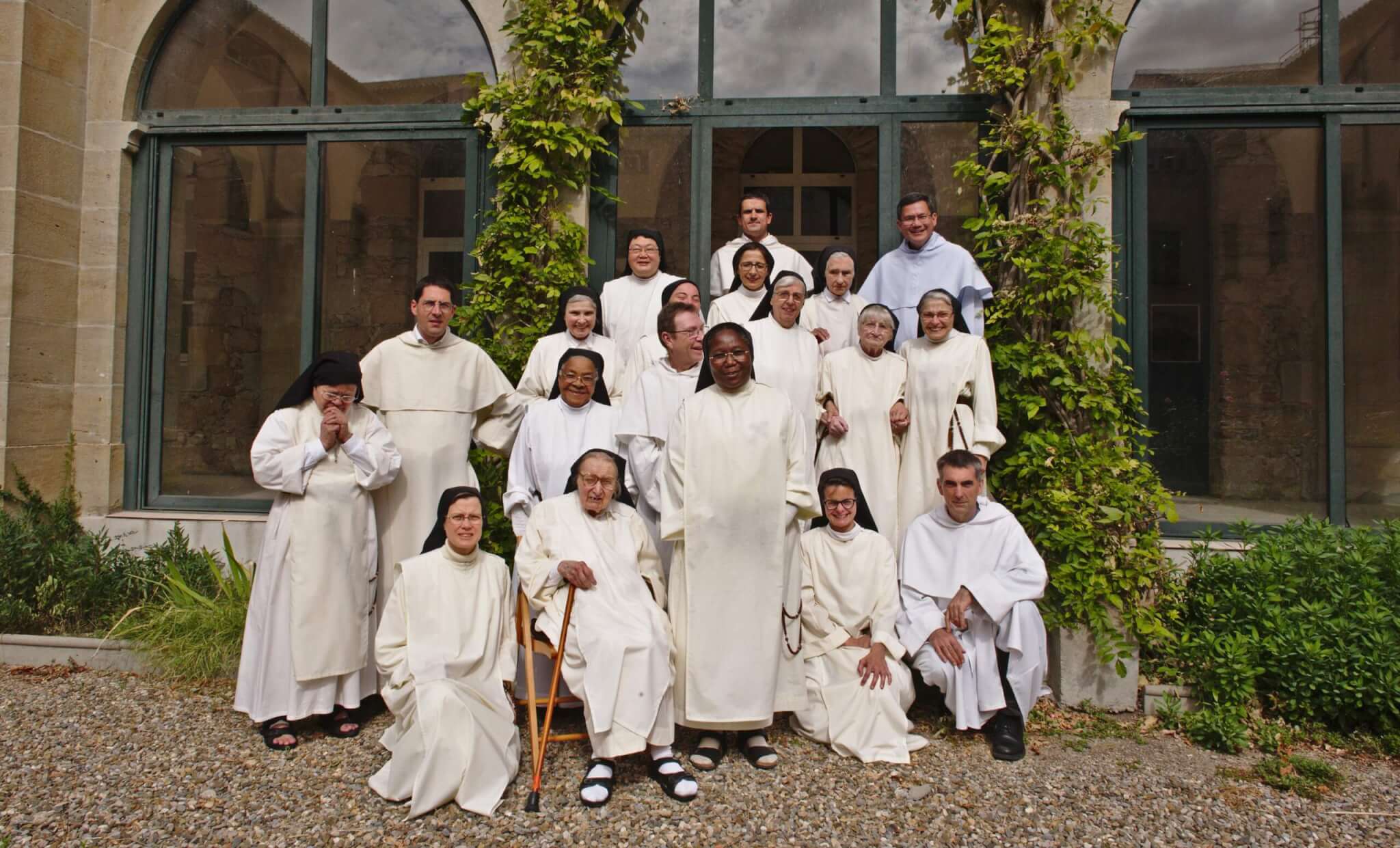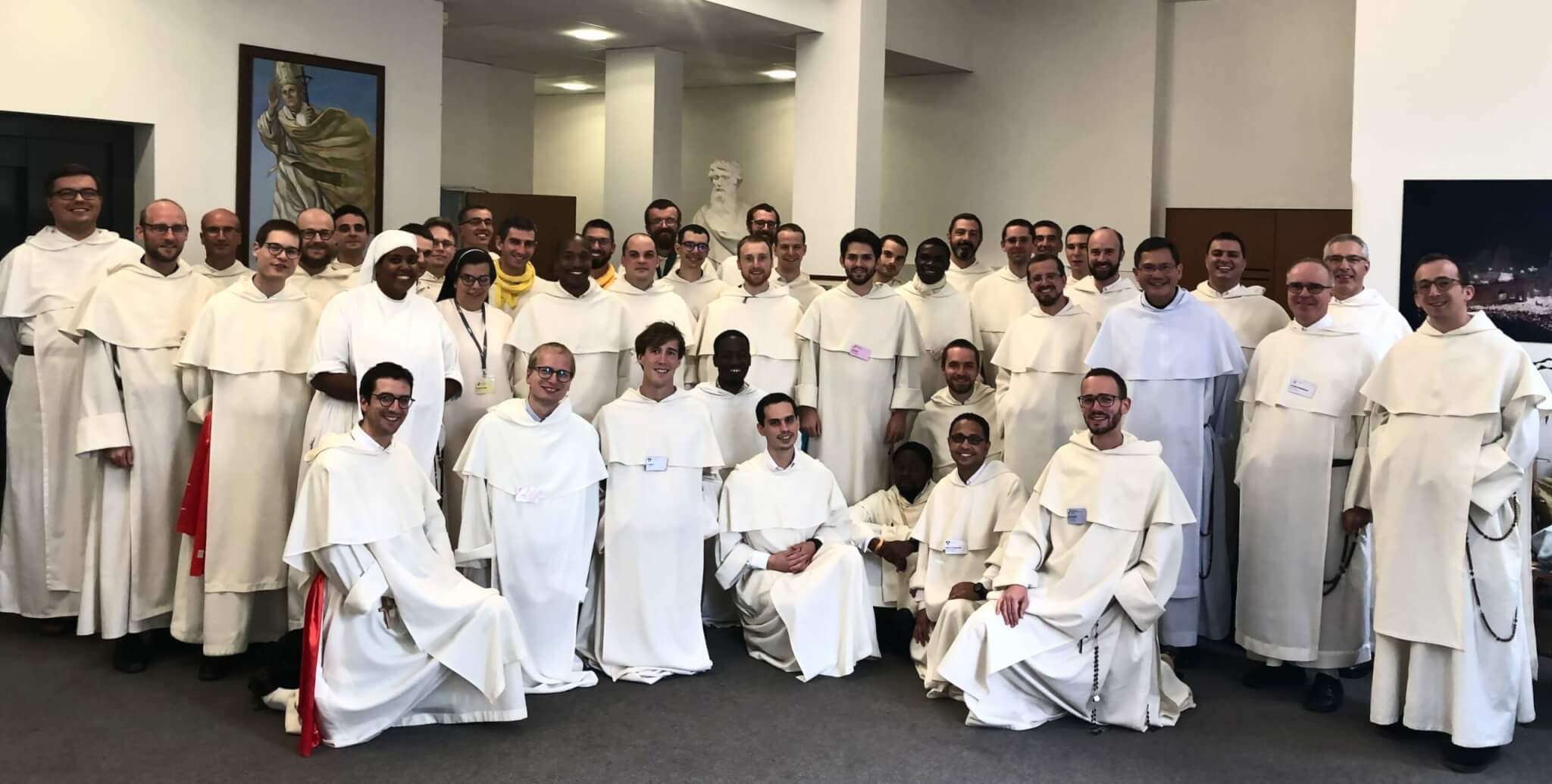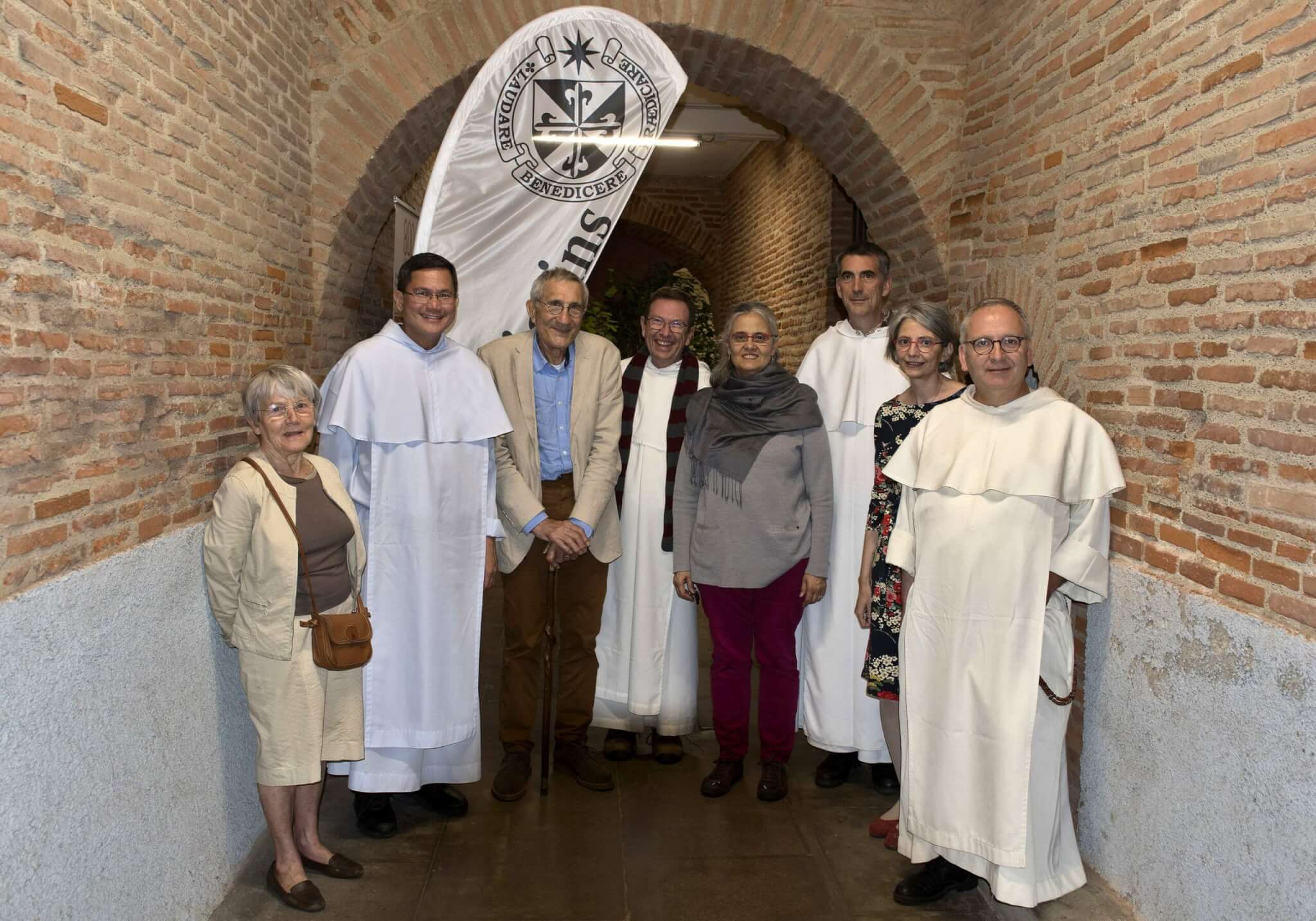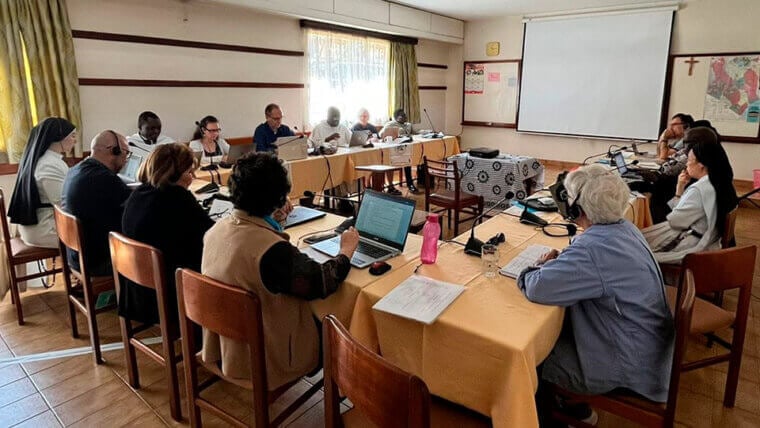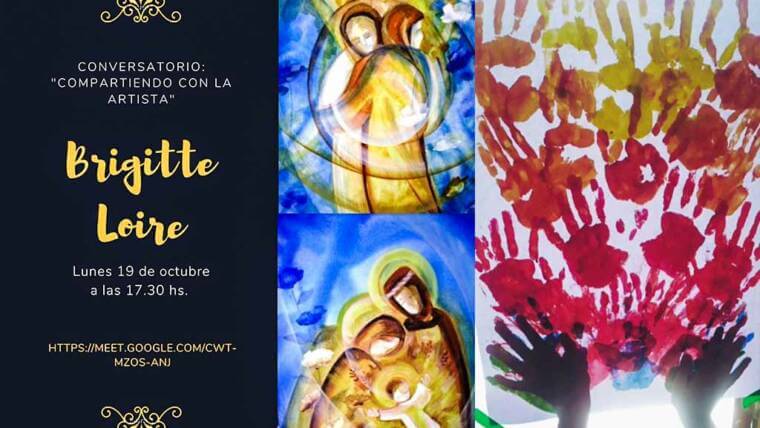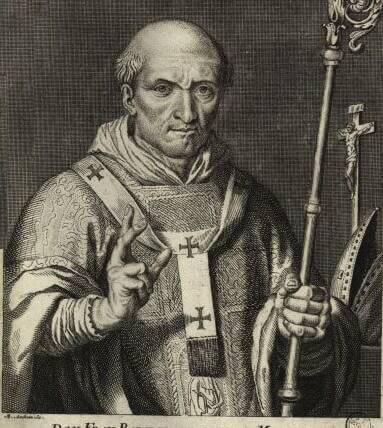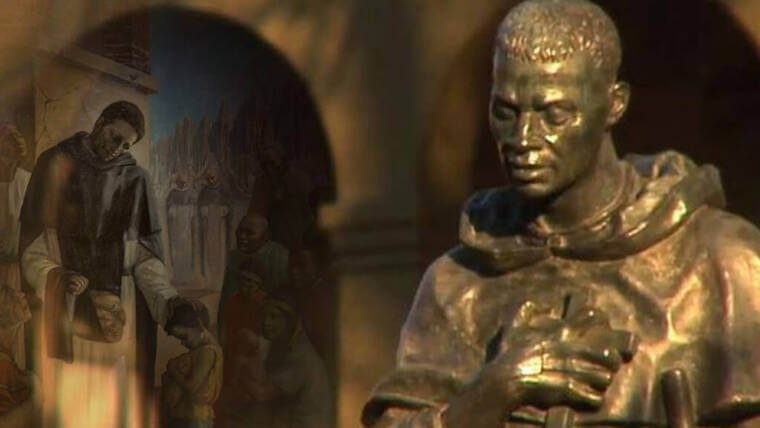Words of fr. Gerard Timoner, O.P., Master of the Order from an interview in St. Dominic’s room in Fanjeaux, France. Date: October 6, 2019
My dear brothers and sisters of the Order of Preachers, after joining our brothers of the Provinces of France and Toulouse on the Rosary Pilgrimage, I had the privilege of visiting the house of Peter de Seila, and visiting the Nuns of Prouille, and we are now here in Fanjeaux. I would like to believe that this is part of my ‘novitiate’ as Master of the Order, and I am really learning a lot from the brothers and from the sisters. There are things that are very striking for me, things that you already know; but, things that I would like you to know, it’s like I’m looking at these things for the very first time, all these years that I am a Dominican. First, on that hill in Prouille, where brother Renaud told us that it is the very place where Dominic sent out the brothers, the so-called ‘dispersion’ of the brothers. And, many brothers have pointed this out, that it is paradoxical, that it is at the moment that Dominic sent out the brothers that the Order was founded. It is paradoxical because we are going different ways, even in our time we are going to different places, but we are walking the same path. Now, that is paradoxical, going different directions and yet, taking the same path. And what is that path; it is the path of preaching the Gospel. It is the path of preaching the Gospel together as brothers and sisters. We are not alone. And, even if we are going different directions, different ways, we are taking the same road of the proclamation for the Gospel of Jesus.
Here in Fanjeaux, I also learned that the charism of Dominic has influenced architecture. Probably many of you have not heard the insight that the charism of the Order has influenced how the Church looks like, literally, as a church building looks like. From the Cathars, Dominic saw the value of a Church that is less rigid in terms of its distinction. It is an ordered communion and that is what the Church is, lay, religious, and ordained; we are an ordered communion. But the church that we saw is a church without divisions, without even pillars in the middle of the church, and that is really something amazing. Why are there no pillars? For the sake of preaching, so that the voice of the preacher will not be hindered by pillars that stand between the preacher and the people. And we have to ask ourselves: ‘What are the pillars in our times that block the preacher from the people?’ ‘What are these things that hinder us from really reaching out to all the brothers and the sisters?’ And the church is so simple without any ornaments. It is as though the people are invited to see that in the sacred place, in this sacred place that is the church, that the only thing that the people should think about is God. And that is really amazing. It is a sacred place. So Dominic learned from the Cathars in their desire for the evangelical life and this is a lay movement. Dominic was able to really get that intuition and evangelical insight in connecting with the clergy. Dominic wanted to share the insights and reform longed for by the laity with the clergy of the time. So, these are the things that we have learned. And, I’m privileged to be here with brothers Alain, Chris, and Javier. Brothers Renaud and Timothée also are with us in Fanjeaux and Prouille.
So, dear brothers and sisters, you are invited, if you can, to visit these places that are sacred to the Order, that are holy for our holy Father Saint Dominic, especially as we begin the celebration of his Dies Natalis, his birth into eternal life.

